Home>Renovation & DIY>Tools & Equipment>What Grit Sandpaper For Rust On Car
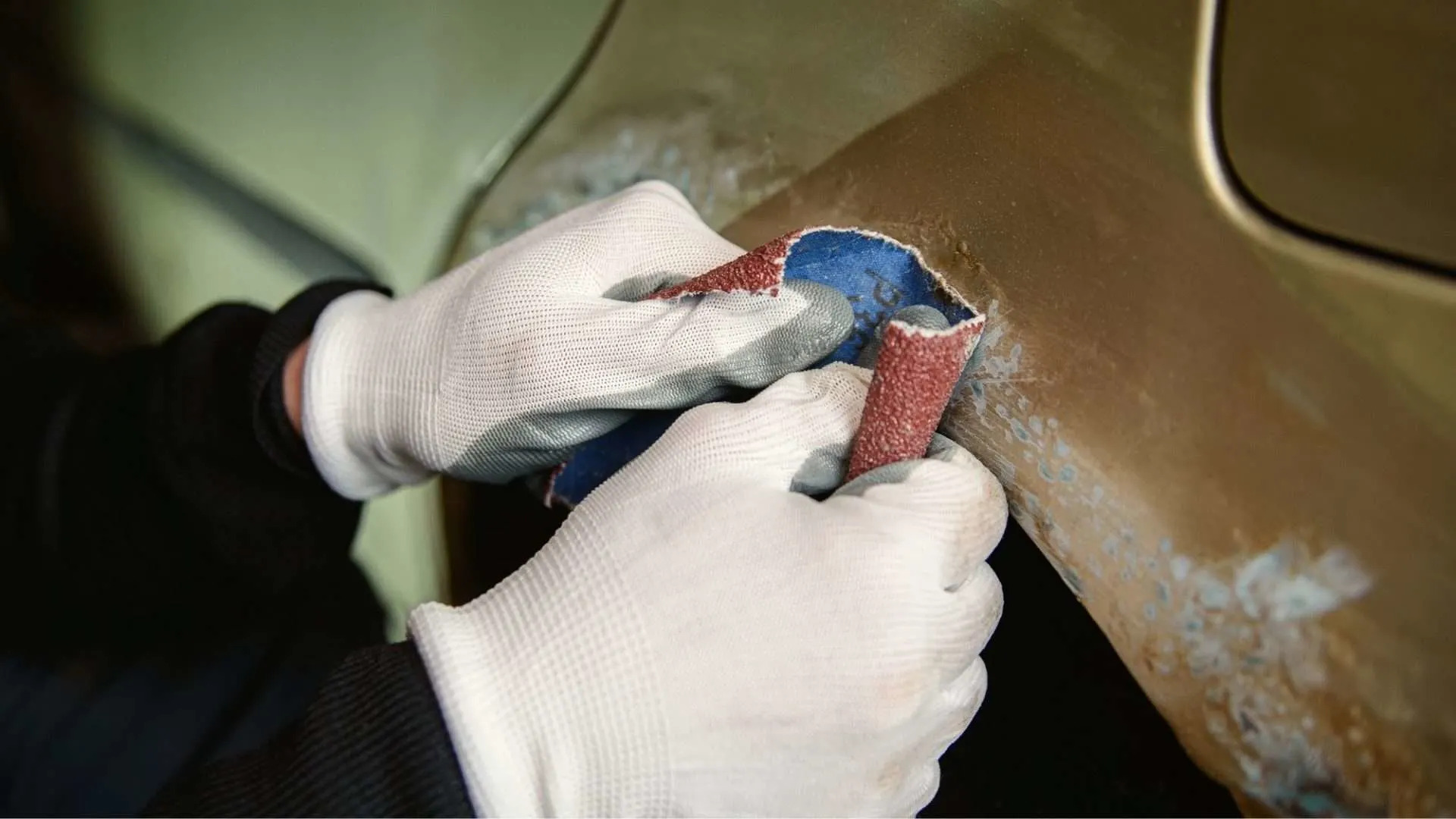

Tools & Equipment
What Grit Sandpaper For Rust On Car
Published: December 20, 2023
Discover the best tools and equipment for tackling rust on your car. Learn what grit sandpaper is ideal for removing rust and achieving a smooth finish.
(Many of the links in this article redirect to a specific reviewed product. Your purchase of these products through affiliate links helps to generate commission for Storables.com, at no extra cost. Learn more)
Introduction
Welcome to the world of automotive maintenance and restoration! If you’re dealing with rust on your car, you’re not alone. Rust is a common problem that can be frustrating and unsightly. But don’t worry, with the right tools and techniques, you can successfully tackle this issue and bring back the beauty and shine to your vehicle.
One essential tool in your arsenal for rust removal is grit sandpaper. Grit sandpaper is a coated abrasive material that is used to smooth and remove rust from various surfaces. It comes in different grit sizes, which determine the coarseness or fineness of the sandpaper.
In this article, we will explore the world of grit sandpaper and discuss the factors to consider when choosing the right grit sandpaper for removing rust on your car. We will also share some recommended grit sandpaper options and provide some sanding techniques to effectively eliminate rust from your vehicle.
So, let’s dive in and discover the wonders of grit sandpaper for rust removal on cars!
Key Takeaways:
- Choose the right grit sandpaper based on rust severity and surface type. Start with a finer grit for light rust and gradually move to coarser grits for heavier rust, ensuring effective and safe rust removal.
- Prioritize safety and proper technique when using grit sandpaper for rust removal. Wear protective gear, work in a well-ventilated area, and follow recommended sanding techniques to achieve a seamless finish while safeguarding your well-being.
Read more: What Grit Sandpaper To Use On Car
What is Grit Sandpaper?
Grit sandpaper is a type of abrasive material that is commonly used for sanding and smoothing surfaces. It consists of a backing material, such as paper or cloth, which is coated with abrasive particles. These particles, known as grit, are made from various materials such as aluminum oxide, silicon carbide, or garnet.
The grit rating of sandpaper refers to the size of the abrasive particles. The higher the grit number, the finer the particles and the smoother the sandpaper. Grit sizes typically range from coarse (around 40 grit) to very fine (up to 600 grit or higher).
Each grit size serves a specific purpose. Coarse grit sandpaper, such as 40 to 80 grit, is used for heavy-duty tasks like removing paint, rust, or rough surfaces. Medium grit sandpaper, around 100 to 150 grit, is commonly used for general sanding and smoothing. Fine grit sandpaper, from 180 to 240 grit, is ideal for finer finishes, while extra-fine grits like 320 to 600 grit are used for polishing and achieving a smooth, blemish-free surface.
When it comes to choosing the right grit sandpaper for rust removal on cars, you’ll need to consider the severity of the rust and the type of surface you’re working with. Some rust can be easily sanded away with a finer grit, while heavier rust may require coarser grit to effectively remove.
Now that you have a basic understanding of grit sandpaper and its different sizes, let’s delve into the factors to consider when choosing grit sandpaper for rust on cars.
Understanding Rust on Cars
Rust is the enemy of any car owner. It not only affects the appearance of the vehicle but can also cause serious damage if left untreated. Understanding the causes and characteristics of rust can help you better tackle the problem and prevent its recurrence.
Rust is a chemical reaction that occurs when iron or steel comes into contact with oxygen and moisture. Over time, this reaction leads to the formation of iron oxide, commonly known as rust. On cars, rust usually starts in areas where the paint has been chipped or scratched, exposing the metal underneath.
Rust can spread quickly, especially in places where moisture is likely to accumulate, such as wheel wells, undercarriages, and around windows and doors. It is important to address rust as soon as it is detected to prevent further damage and maintain the value and integrity of the car.
There are different stages of rust, ranging from surface rust to more severe corrosion. Surface rust appears as small patches or spots on the surface of the metal and can be easily removed with sanding and treatment. However, if the rust has penetrated deeper into the metal, it may require more intensive repair or even replacement of the affected parts.
To effectively remove rust on cars, it is important to thoroughly clean the affected area before sanding. This ensures that any loose debris, dirt, or contaminants are removed, allowing the sandpaper to properly grip and remove the rust. Additionally, using a rust converter or rust inhibitor after sanding can help prevent further corrosion and prolong the life of the repaired area.
Now that you have a better understanding of rust and its characteristics, let’s explore the factors to consider when choosing grit sandpaper for rust on cars.
Factors to Consider when Choosing Grit Sandpaper
Choosing the right grit sandpaper for rust removal on cars is crucial for achieving the best results. Here are some key factors to keep in mind when selecting grit sandpaper:
- Severity of Rust: Assess the extent of rust on your car. If it is superficial surface rust, a finer grit sandpaper would be sufficient. However, if the rust is deeper and more stubborn, you may need a coarser grit to effectively remove it.
- Type of Surface: Consider the material and texture of the surface you will be sanding. For softer metals like aluminum, a finer grit sandpaper is recommended to avoid causing scratches or damage. For tougher surfaces, such as steel or cast iron, a coarser grit may be necessary.
- Grit Size: Choose the appropriate grit size based on the severity of the rust. Coarse grits, such as 40 to 80, are suitable for heavy rust removal. Medium grits, ranging from 100 to 150, are ideal for general sanding and smoothing. Fine grits, around 180 to 240, are recommended for finer finishes. Extra-fine grits like 320 to 600 are used for polishing and achieving a smooth surface.
- Compatibility with Tools: Ensure that the grit sandpaper is compatible with the tools you will be using. Different sanders and grinders may require specific sizes or types of sandpaper. Check the manufacturer’s recommendations or consult with an expert to avoid any compatibility issues.
- Personal Preference: Consider your own comfort and experience when choosing grit sandpaper. If you’re new to rust removal and sanding, starting with a medium grit sandpaper can be a good balance between effectiveness and ease of use. As you gain confidence and experience, you can adjust the grit size accordingly.
Remember, it’s important to start with a lower grit sandpaper and gradually work your way up to finer grits. This allows for more effective rust removal without causing unnecessary damage to the underlying surface.
Now that you have a better understanding of the factors to consider when choosing grit sandpaper, let’s explore some recommended grit sandpaper options for rust on cars.
Use 80-120 grit sandpaper to remove rust on a car. Start with a coarser grit and gradually move to a finer grit for a smooth finish. Always wear protective gear and work in a well-ventilated area.
Recommended Grit Sandpaper for Rust on Cars
When it comes to selecting the right grit sandpaper for rust removal on cars, there are a range of options available. The specific grits you choose will vary depending on the severity of the rust and the type of surface you’re working with. Here are some recommended grit sandpaper options:
- For Light Surface Rust: If you’re dealing with light surface rust or want to remove rust stains, a fine grit sandpaper between 180 and 240 would be suitable. This grit size will help gently remove the rust without causing damage to the surrounding metal.
- For Moderate Rust: When facing moderate rust that needs a bit more aggressive approach, consider using medium grit sandpaper between 100 and 150. This will provide enough abrasion power to effectively remove the rust while still preserving the integrity of the surface.
- For Heavy Rust: When dealing with deep or heavy rust, a coarse grit sandpaper in the range of 40 to 80 is recommended. This grit size will efficiently remove the rust and prepare the surface for further treatment or refinishing.
Remember, it’s always a good idea to start with a less aggressive grit and gradually work your way up if needed. This approach minimizes the risk of accidentally damaging the surrounding metal or paint.
Aside from the grit size, consider using sandpaper with a durable backing material, such as sandpaper that features a cloth backing. This type of sandpaper tends to be more resilient, lasting longer and providing better control during the rust removal process.
Ultimately, the choice of grit sandpaper will depend on the specific situation and your comfort level. It’s always a good idea to have a variety of grits on hand to cater to different rust removal scenarios.
Now that we’ve explored the recommended grit sandpaper options, let’s move on to some sanding techniques that can help you effectively remove rust from your car.
Read more: What Grit Sandpaper To Wet Sand A Car
Sanding Techniques for Removing Rust
When it comes to removing rust from your car, using the right sanding techniques can make a significant difference in achieving a clean and smooth surface. Here are some effective sanding techniques to help you remove rust:
- Prepare the Surface: Start by thoroughly cleaning the rusted area to remove any loose debris, dirt, or contaminants. Use a degreaser or soapy water and a brush to ensure the surface is clean and free from any loose materials.
- Choose the Proper Grit Sandpaper: Based on the severity of the rust, select the appropriate grit sandpaper. For light surface rust, a fine grit between 180 and 240 is recommended. For moderate rust, use a medium grit between 100 and 150. For heavy rust, opt for a coarse grit between 40 and 80.
- Use Smooth, Even Strokes: When sanding, apply even pressure and use smooth, sweeping strokes. Avoid putting too much pressure or scrubbing vigorously, as this can damage the underlying metal or paint. Keep the sandpaper flat against the surface and move it back and forth in a consistent motion.
- Change Sandpaper Regularly: As the sandpaper wears down or becomes clogged with rust particles, it becomes less effective. Change the sandpaper frequently to maintain optimum performance. A fresh, sharp sandpaper will provide better results.
- Blend the Edges: When sanding, make sure to blend the edges of the rusted area with the surrounding paint or metal. This helps create a smooth transition and avoids noticeable lines or edges in the finished surface.
- Inspect and Repeat: Periodically stop and inspect the sanded area to ensure that you’re progressing properly. If any rust spots remain, repeat the sanding process with a slightly coarser grit sandpaper until the rust is completely removed.
- Finish and Protect: Once the rust is removed, use a rust converter or rust inhibitor to treat the area and prevent future corrosion. Apply a primer or paint to protect the bare metal surface and restore the appearance of the affected area.
Remember to work in a well-ventilated area and wear appropriate safety gear, such as a dust mask and safety goggles, to protect yourself from airborne particles and chemicals.
By following these sanding techniques, you can effectively remove rust from your car and restore its beauty and value. However, it’s important to note that for extensive rust or complex repairs, it may be best to consult a professional for assistance.
Now that you’re equipped with the knowledge of sanding techniques, let’s discuss some precautions and safety measures to keep in mind during the rust removal process.
Precautions and Safety Measures
Removing rust from your car requires caution and adherence to proper safety measures. Here are some precautions to follow to ensure a safe and successful rust removal process:
- Protective Gear: Always wear appropriate protective gear, including safety glasses, a dust mask or respirator, and gloves. This will shield you from airborne particles, chemicals, and potential injuries during the rust removal process.
- Ventilation: Work in a well-ventilated area to minimize the inhalation of dust and fumes. If working indoors, open doors and windows or use a fan to maximize air circulation.
- Fire Safety: Rust removal often involves the use of flammable substances such as solvents or rust converters. Be cautious when working near open flames or sparks, and store these materials in a safe and secure location away from heat sources.
- Proper Disposal: Dispose of used sandpaper, rust particles, and any other waste materials in accordance with local regulations. Some rust particles may contain hazardous substances, so it’s important to handle and dispose of them properly.
- Electricity: If using power tools, ensure the equipment is unplugged or turned off when not in use. Follow manufacturer guidelines and use caution when working with electrical connections.
- Avoid Skin Contact: Some rust removal products may contain strong chemicals that can irritate or burn the skin. Use gloves or barrier creams to protect your skin from direct contact with these substances.
- Tool Safety: Familiarize yourself with the proper use and safety features of any tools you are using, such as sanders or grinders. Follow the manufacturer’s instructions and guidelines for safe operation.
- Personal Health: Take breaks as needed and listen to your body. Rust removal can be physically demanding, so pace yourself and avoid overexertion.
Remember, if you’re unsure or uncomfortable with any aspect of the rust removal process, it’s always wise to consult a professional or seek expert advice. They can provide guidance specific to your situation and ensure the job is done safely and effectively.
Now that you’re aware of the precautions and safety measures, we can conclude our discussion on rust removal from cars.
Conclusion
Dealing with rust on your car can be a frustrating experience, but with the right tools and knowledge, you can successfully remove rust and restore your vehicle’s appearance. Grit sandpaper is a vital tool in the rust removal process, allowing you to effectively smooth and eliminate rust from various surfaces.
By considering factors such as the severity of the rust, the type of surface, and the appropriate grit size, you can select the right grit sandpaper for the job. Light surface rust can be tackled with finer grits, while heavier rust may require coarser grits to achieve optimal results.
Using proper sanding techniques, such as preparing the surface, using smooth strokes, and changing sandpaper regularly, will help you accomplish a thorough and efficient rust removal process. Don’t forget to inspect your progress and blend the edges to achieve a seamless finish.
Throughout the rust removal process, it is important to prioritize safety. Always wear protective gear, work in a well-ventilated area, and follow the proper precautions and safety measures. Taking these steps will ensure that you complete the task without compromising your well-being.
Remember, for extensive rust or complex repairs, it is advisable to seek professional assistance. They have the expertise and equipment to handle more challenging rust removal cases.
With the right approach, grit sandpaper, and techniques, you can effectively remove rust from your car and restore its beauty and value. Regular maintenance and proactive measures, such as applying rust inhibitors or protective coatings, can also help prevent future rust formation.
We hope that this comprehensive guide has provided you with the knowledge and confidence to tackle rust on your car. Armed with the right information and tools, you can take pride in bringing back the shine and ensuring the longevity of your vehicle.
So, roll up your sleeves, gather your grit sandpaper, and embark on the journey of rust removal. Your car will thank you!
Frequently Asked Questions about What Grit Sandpaper For Rust On Car
Was this page helpful?
At Storables.com, we guarantee accurate and reliable information. Our content, validated by Expert Board Contributors, is crafted following stringent Editorial Policies. We're committed to providing you with well-researched, expert-backed insights for all your informational needs.
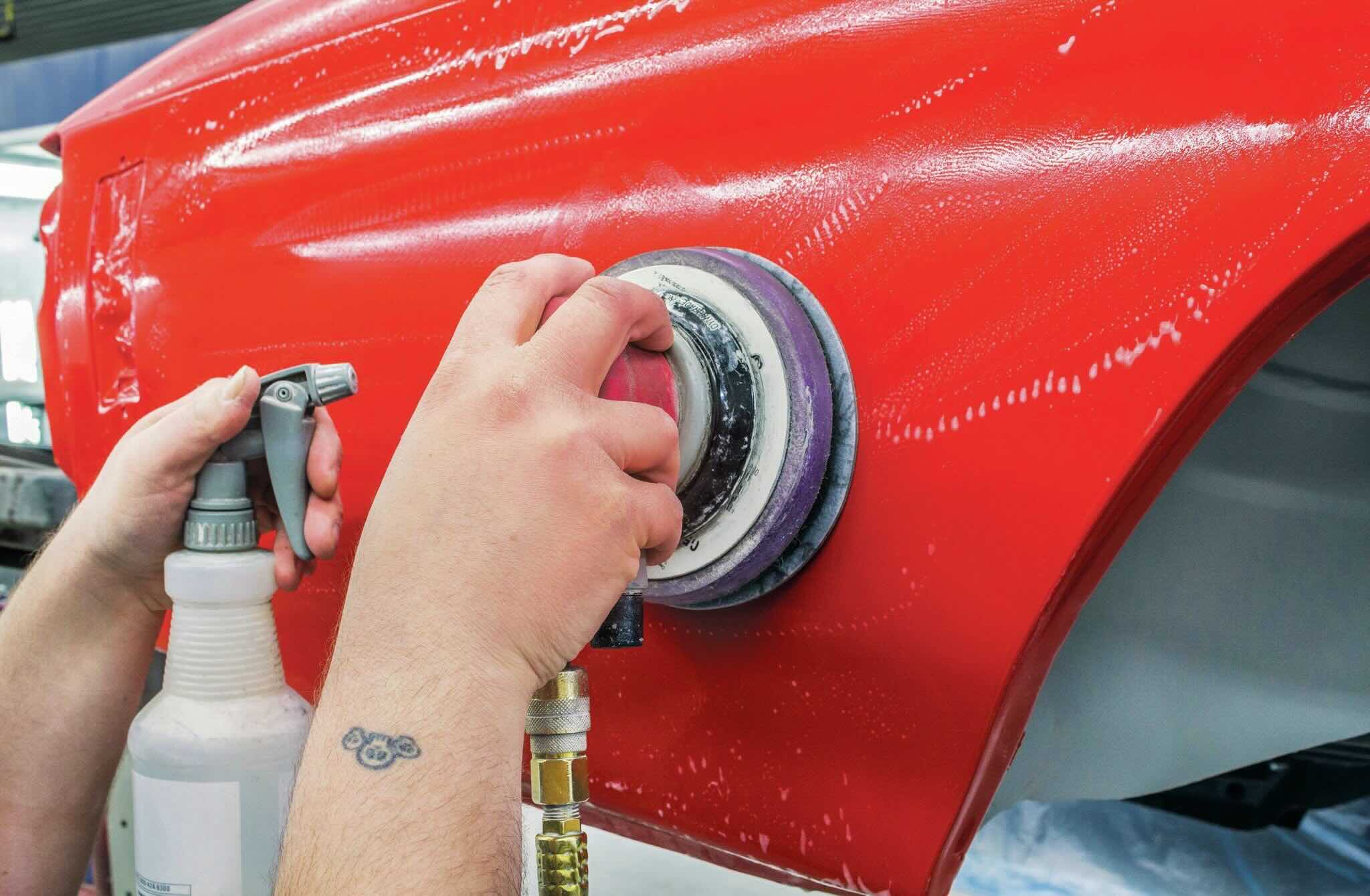
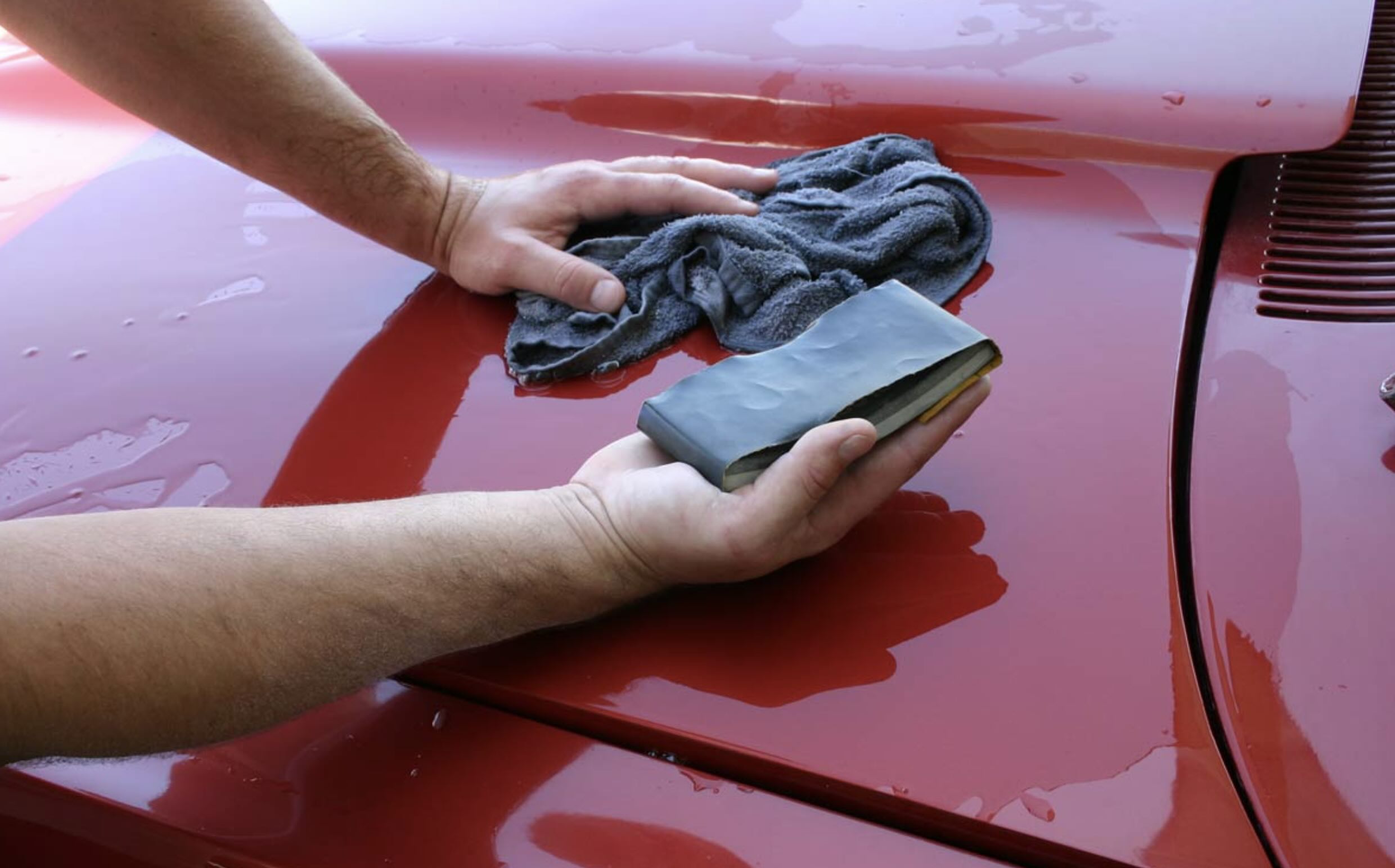
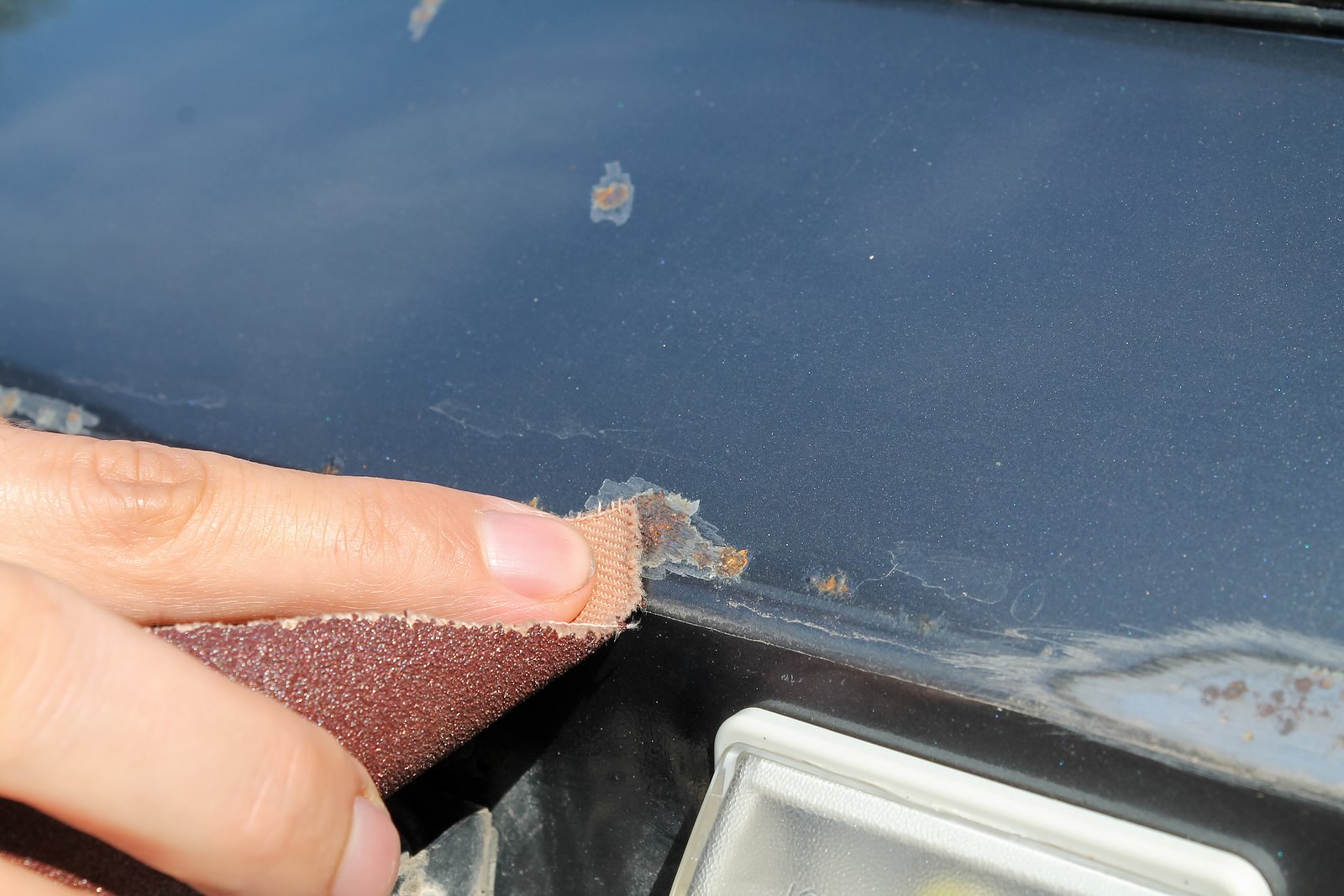

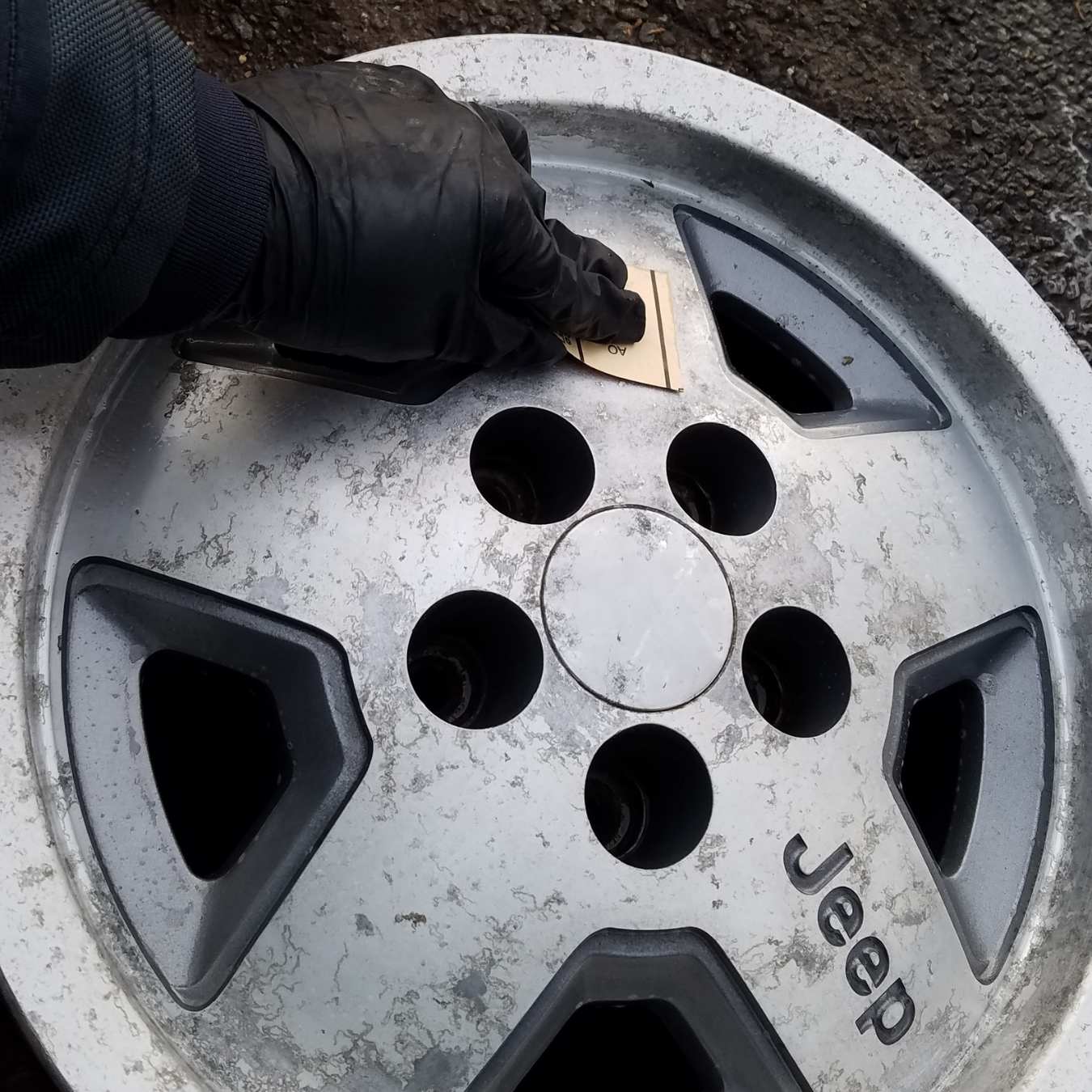
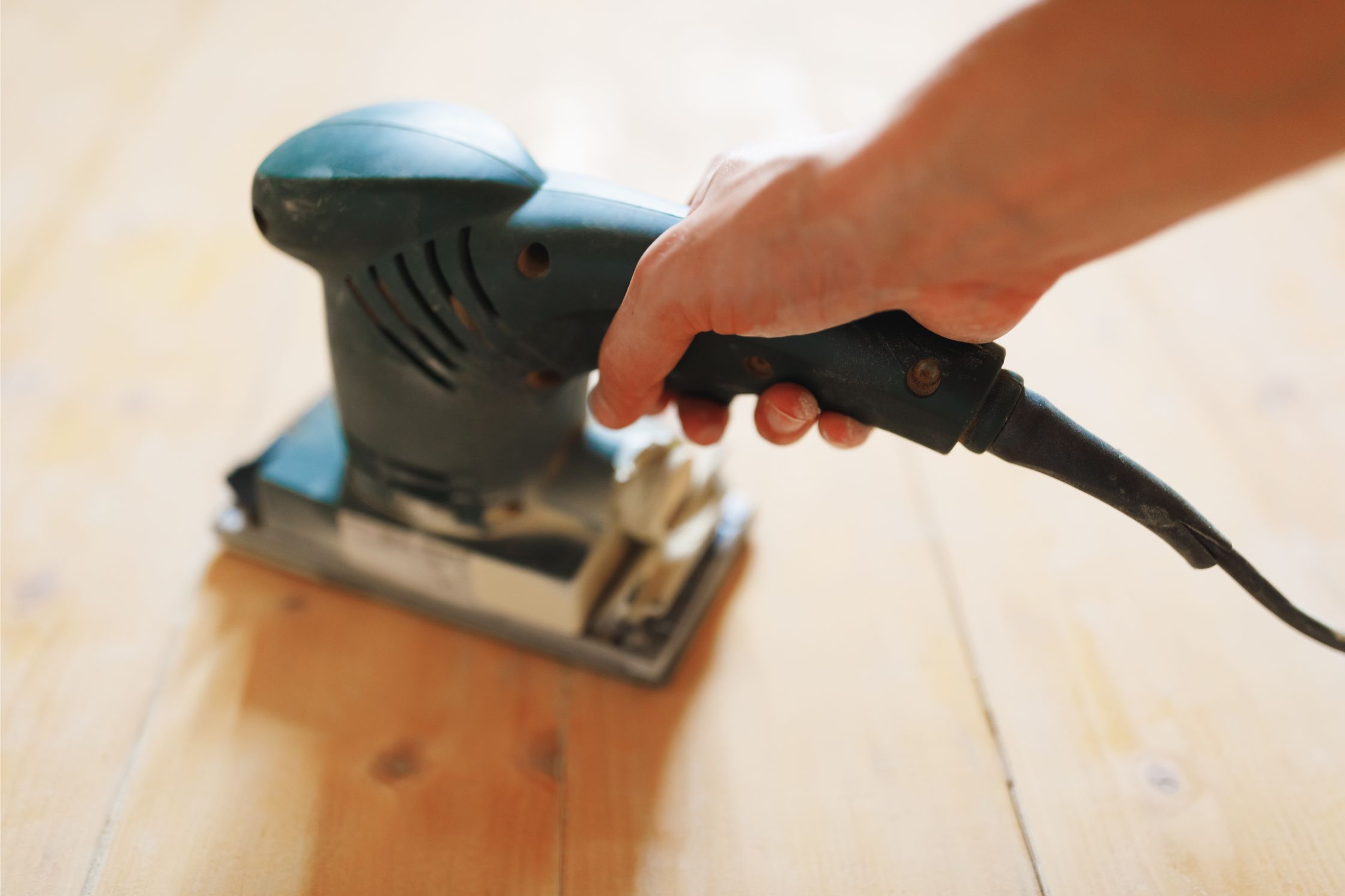
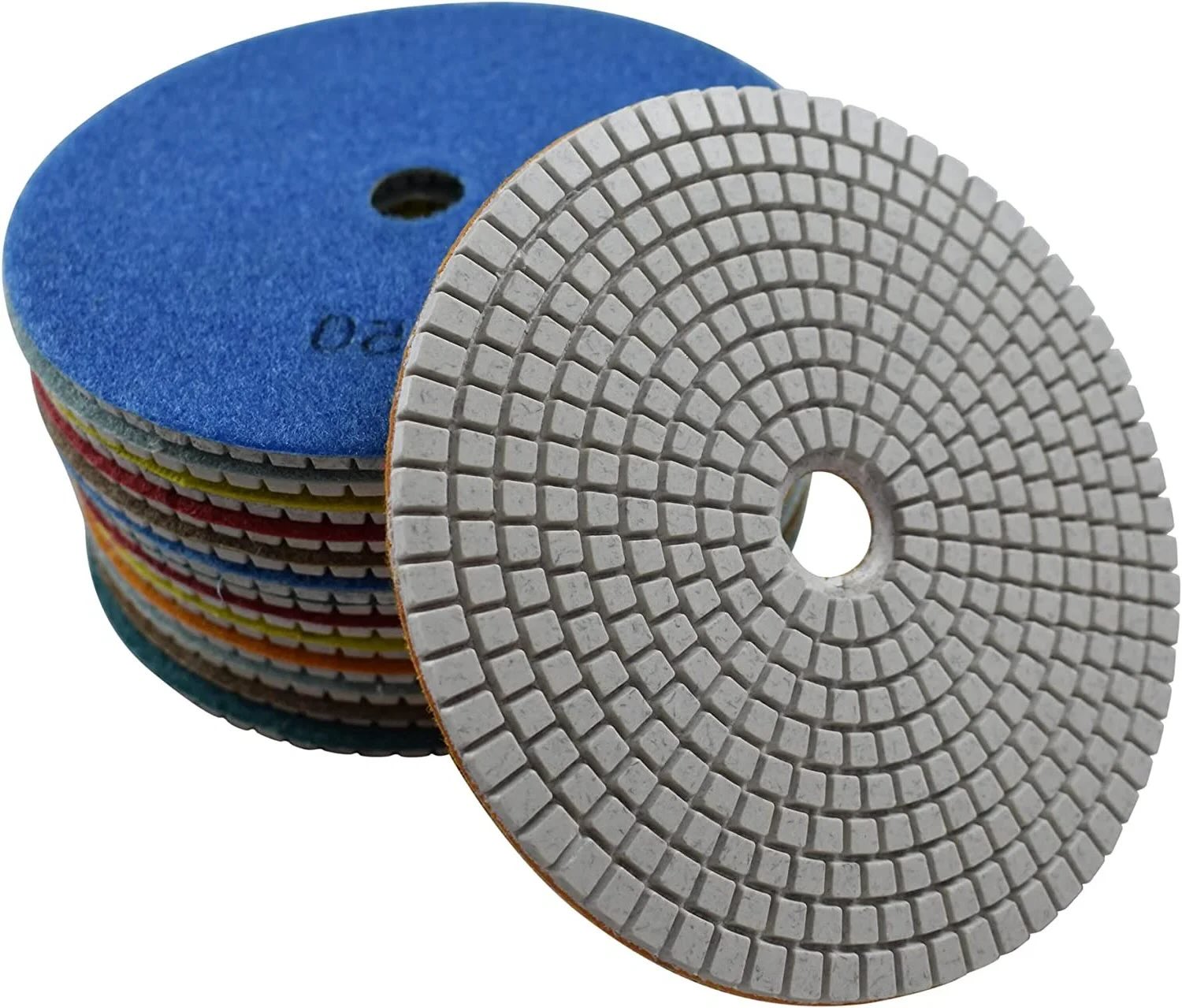



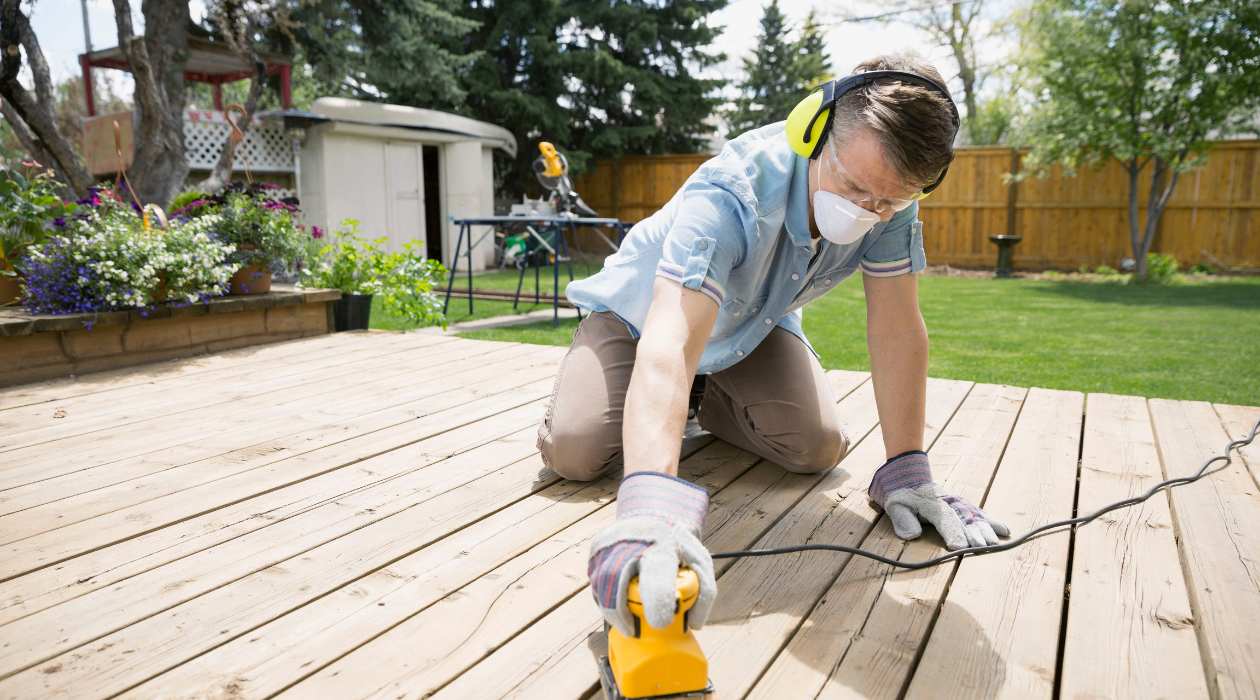
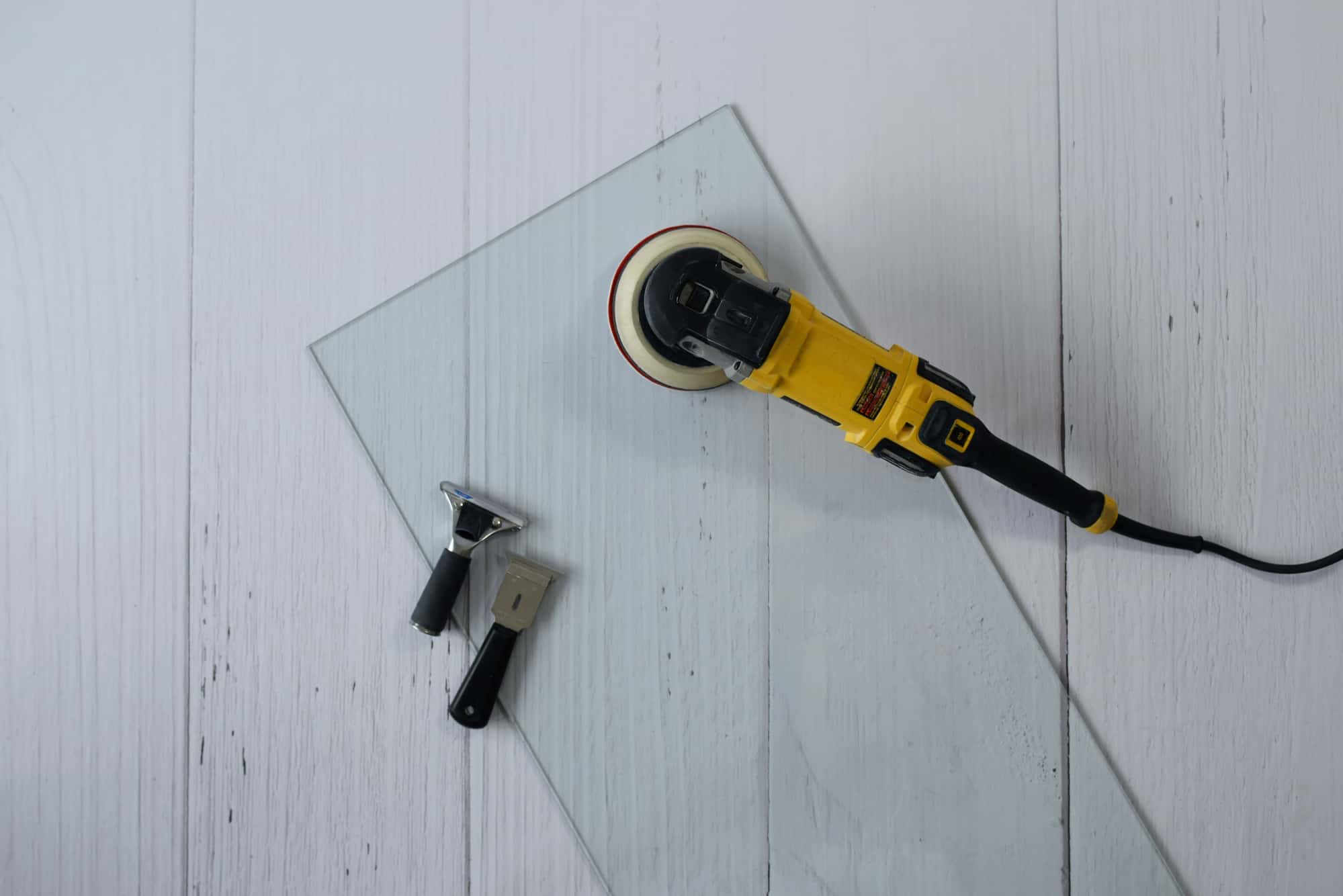
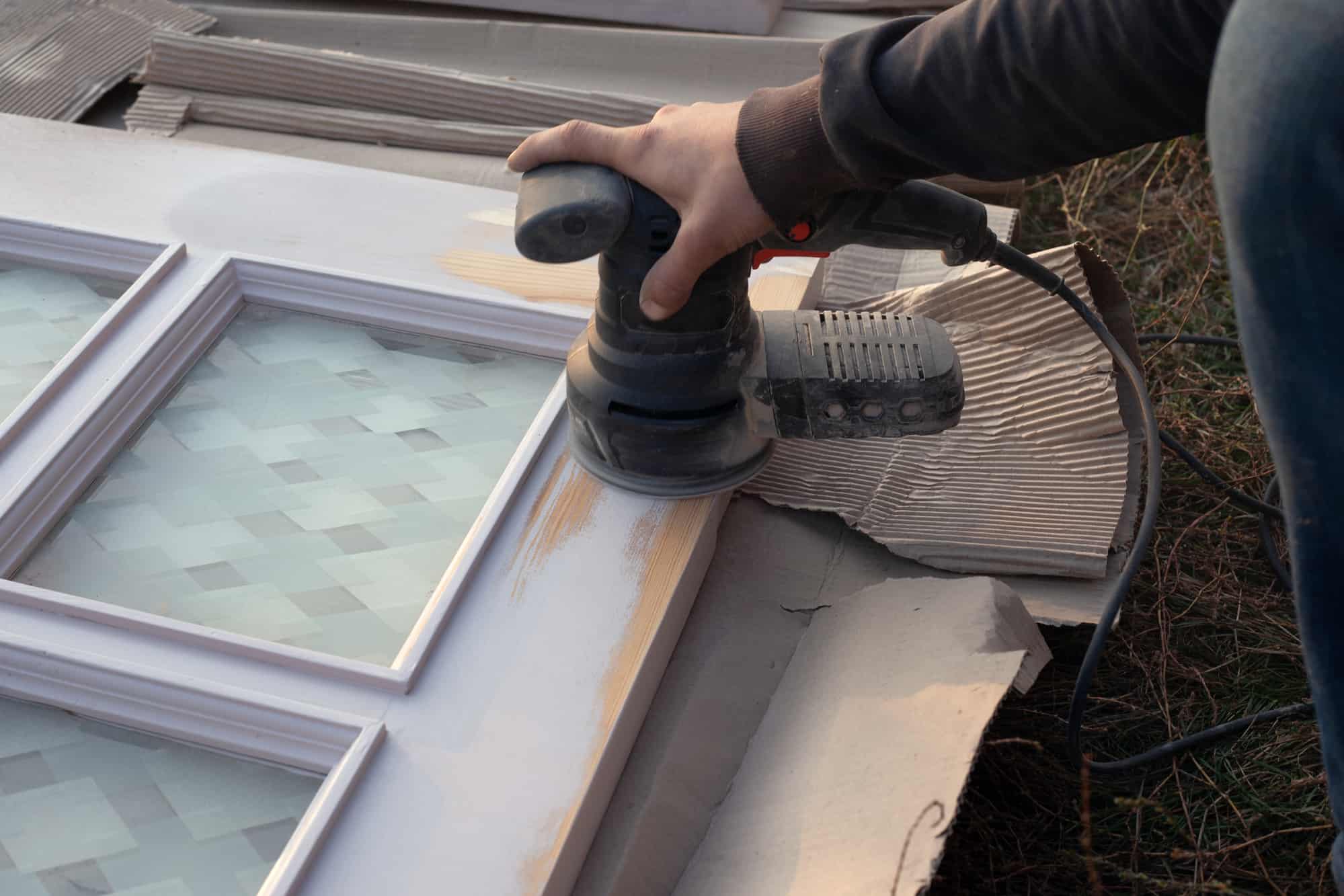
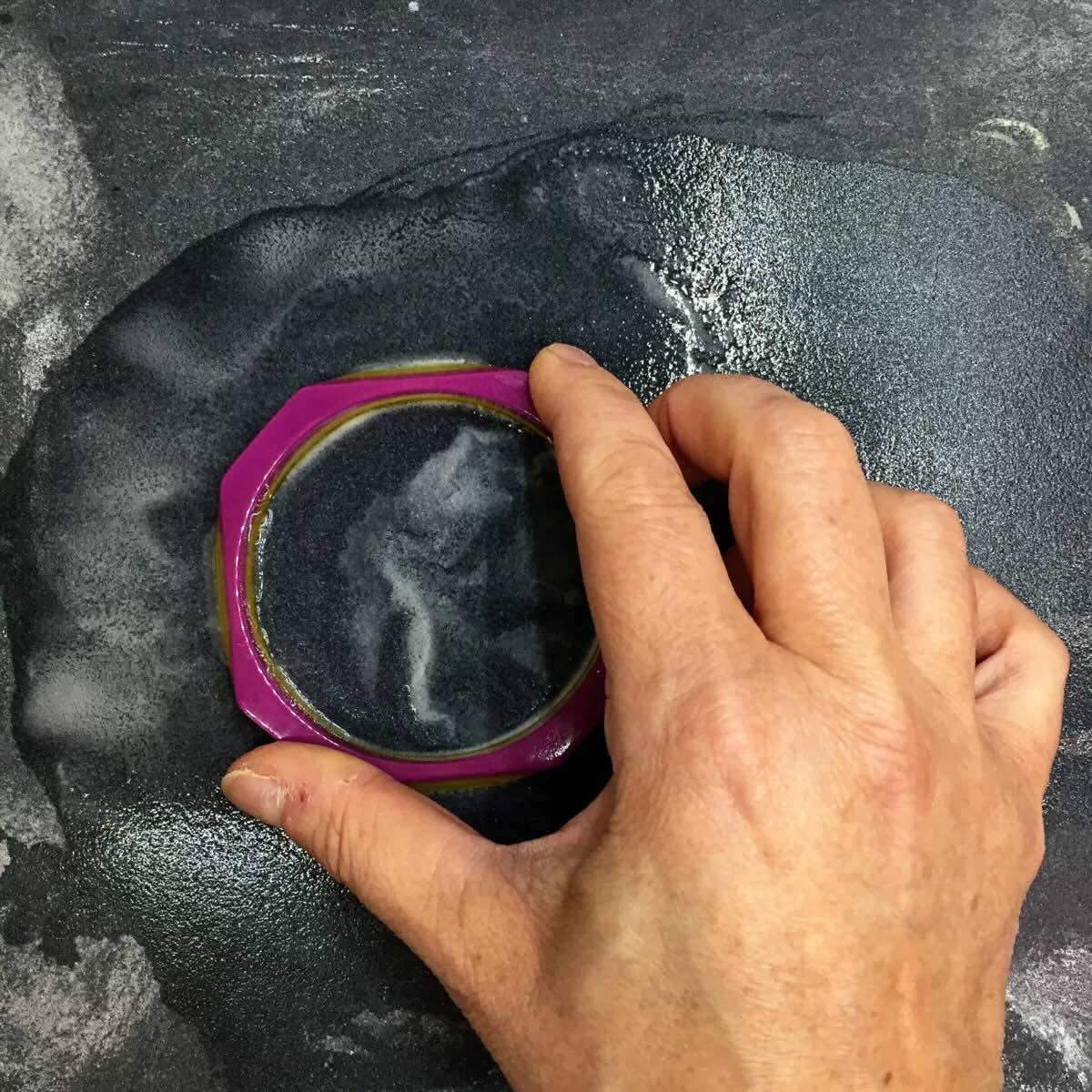

0 thoughts on “What Grit Sandpaper For Rust On Car”